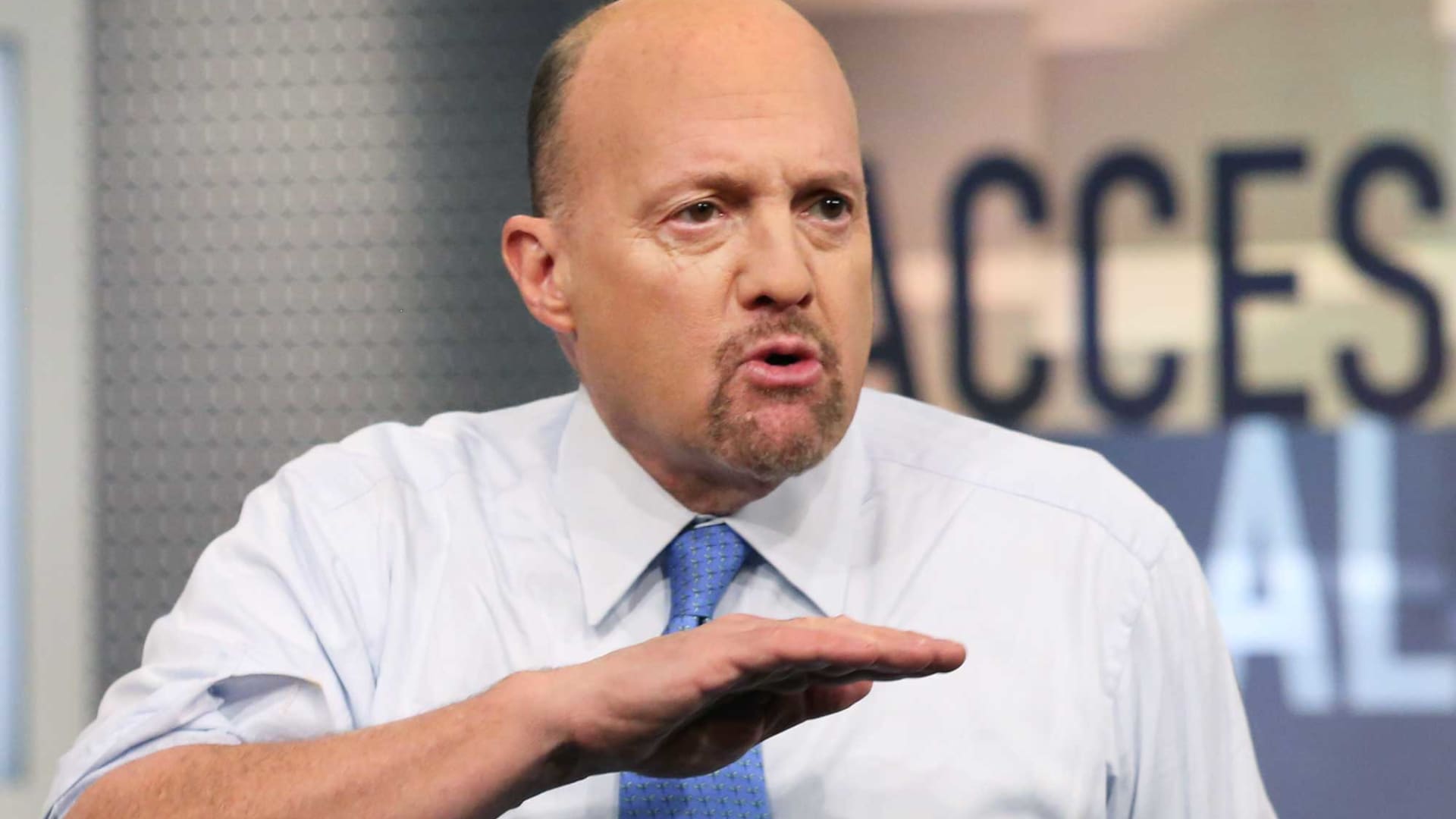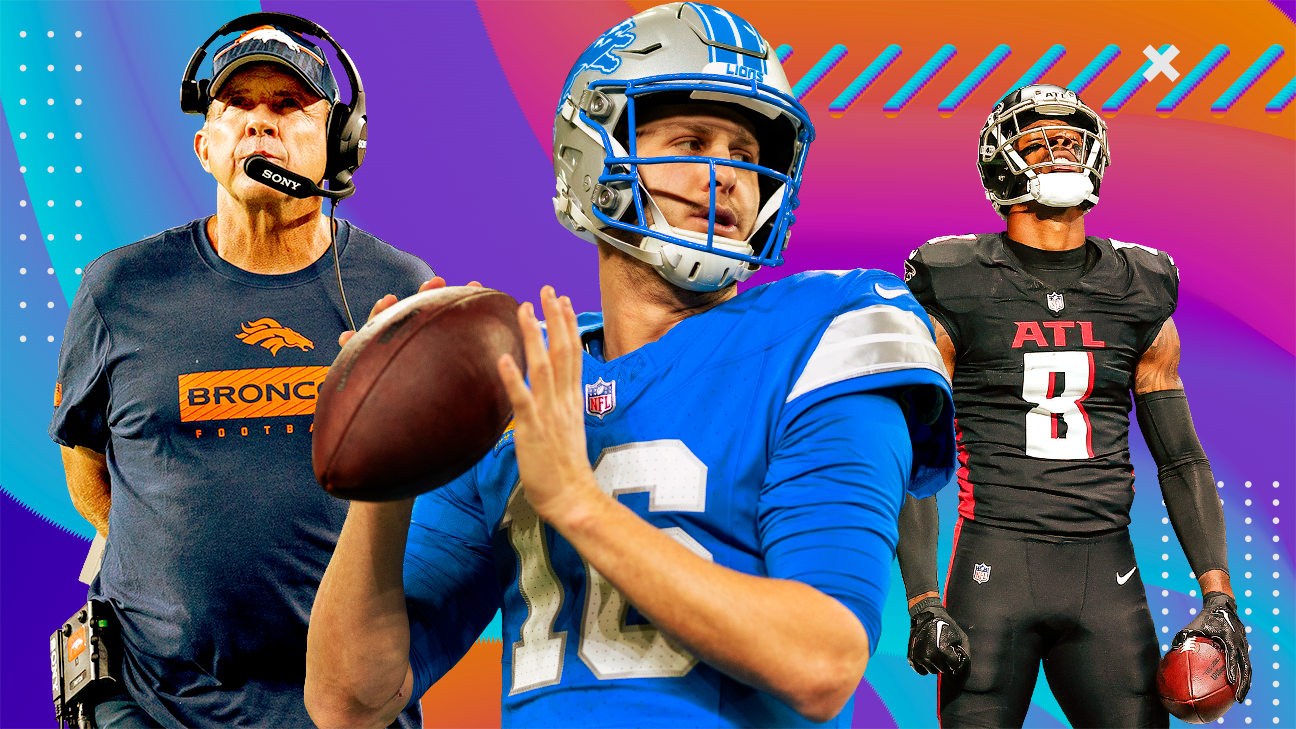How brands can succeed in an evolving retail media landscape
Retail advertising is growing more complex with emerging media networks, but brands must carefully navigate through these new options in order to succeed

The retail media landscape has recently grown increasingly more complex. Brand budget owners once had to only consider a handful of outlets for their retail media budgets, but today they have a myriad of choices.
While Amazon has dominated the retail media industry for years, making up 89% of retail media spend in the United States, other retailers have begun to take note and implement changes. For example, last year Walmart announced huge revenue gains and more advertisers for its ads business, growth that is carrying into 2022. And Instacart recently launched Instacart Platform, a suite of tools for retailers to quickly and easily deliver omnichannel shopping experiences.
According to Forrester, 25% of retailers received more than $100 million in revenue from media networks last year, and retail media advertising is estimated to jump by 31.4% in 2022. With growth from brick and mortar giants like Walmart and the Instacart Platform making retail media more accessible for small-to-medium brands, there are more retail networks and media platforms than ever to consider.
And it’s not just big networks like Amazon, Walmart or Target, but also smaller, specialized retailers like Family Dollar and CVS that are adding to the retail media mix. What used to be optional and widely used for testing and learning, these outlets—big and small—are now critical to brands achieving their 2022 goals.

Budget strategy, planning and allocation
Regardless of new and emerging platforms, the basic rules still apply: Brands that are strategic with their budgets will succeed. Strategy can no longer consist of allocating budget to several key platforms, ensuring coverage and then assessing performance. At a minimum, your strategy should encompass a wide range of networks, thoughtfully planned out to achieve your objectives.
Additionally, each platform should have its own unique assigned budget, attainable KPIs and scenario plans against the brand’s hypothesis. The criteria that define success on Amazon or Walmart will be vastly different from success on Wayfair.
Overall Amazon ad spend continues to grow every year, impacting a brand’s market share, and in turn that should impact and influence strategy. Market share decreases change the ability for a brand to get in front of shoppers who have seen an off-Amazon ad and then convert on site. As additional brands turn to Amazon and that ad space becomes more crowded, greater success may be found on retailers like Walmart, Target, Instacart and even smaller, niche networks.
But be careful. For example, if last year a brand devoted 85% of its retail media budget to Amazon, but this year is thinking of reducing that to 80% in order to boost its budget on other networks, they should know what the impact will be to its bottom line.
Additionally, when executing on a diversified retail media strategy, creative consistency is key. It’s critical to ensure brand messaging is consistent across networks. Content should feel, look and sound like the same brand at every touchpoint.
Finally, a key consideration for any strategy should include the approach to, and impact of, personalization across all networks. Brands that lean into personalization and take the time to truly understand their customer's overall preferences per platform, will be ahead of the curve.

 Tekef
Tekef 











.jpg&h=630&w=1200&q=100&v=4e4e59e122&c=1)




















